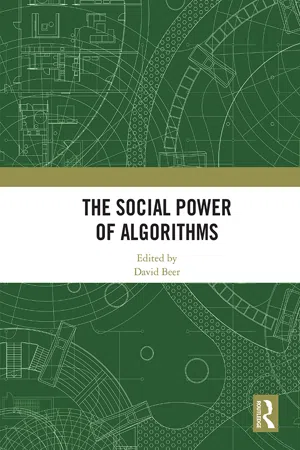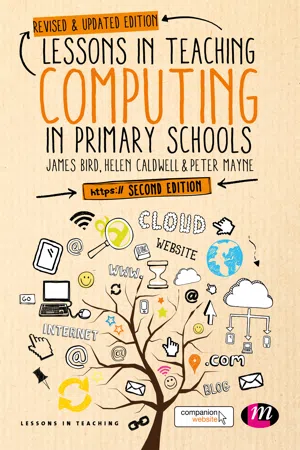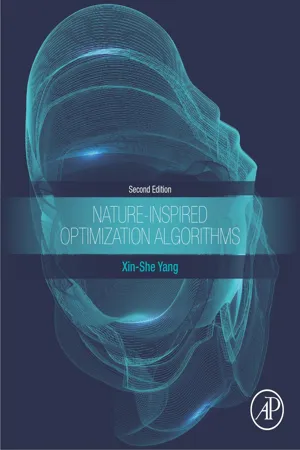Search Algorithms
Search algorithms are computational procedures used to locate specific items within a collection of data. They are fundamental to information retrieval and are employed in various applications, such as web search engines and database systems. These algorithms are designed to efficiently navigate through large datasets to find the desired information.
3 Key excerpts on "Search Algorithms"
- eBook - ePub
- David Beer, David Beer(Authors)
- 2019(Publication Date)
- Routledge(Publisher)
...Emerging research methods for auditing algorithms point in a similar direction (cf. Custers, Calders, Schermer, & Zarsky, 2013; Sandvig, Hamilton, Karahalios, & Langbort, 2014; Sweeney, 2013). But there are limits to what one is able to infer from the outside, since information systems are often both complex and adaptive by design. These systems, however, do not sprout from an intellectual vacuum. Starting from the observation that the design of algorithmic procedures draws on rich reservoirs of knowledge made available by disciplines such as computer science and software engineering, this paper formulates an approach to the analysis of software that sits between broad theorizing and the empirical investigation of concrete applications of information ordering algorithms. This middle ground revolves around the finite set of well-known approaches to information filtering and classification that underpin most running systems. These standardized yet plastic methods, which I propose to call algorithmic techniques, are at the core of both software development practice and computer science education. In fact, learning how to program, in the sense of mastering a programming language, makes for only a small part of computer science education at the university level. A much larger portion is concerned with the many different and often math-heavy techniques that can be expressed in code and with how to apply them to the notorious ‘real-world problems’ students are set to encounter in concrete work settings. Algorithmic techniques are, in that sense, units of knowledge and expertise in the domain of software making. What Wing (2006) and others have called ‘computational thinking’ is precisely this: the capacity to abstract from a concrete situation to a level where familiar algorithmic techniques can be applied...
- eBook - ePub
- James Bird, Helen Caldwell, Peter Mayne(Authors)
- 2017(Publication Date)
- Learning Matters(Publisher)
...This can be achieved without the need for ‘expert’ knowledge and even in many cases without the need to use a computer! The New Collins Concise English Dictionary (2011) defines algorithms as any method or procedure of computation, usually a series of steps. Computational thinking should be seen as a problem-solving process, which incorporates the use of algorithms by analysing and logically organising data. Lesson idea: introducing algorithms This lesson focus is on algorithms being a sequence of precise instructions and related to the need for digital devices also to have precise instructions, in order to follow a preset program with a predetermined outcome. Before you start Be clear in your own mind what an algorithm is and how the concept can be embedded in a cross-curricular way. Pupils need to be grouped according to ability. Things you need • Toaster, bread, knife and margarine for the teacher demonstration. • Laminated cards – on each card should be one of the steps for cleaning teeth (the sequence has been decomposed into smaller steps), Blu-tack, mini-whiteboards. Context After an initial teacher demonstration, this particular lesson plan focuses on creating an algorithm for cleaning teeth, which would link well to personal, social, health and economic education, and with a topic on ‘All About Me’. The principle of this lesson could also be used in many different contexts, for example, crossing a road, making a sandwich, getting dressed. Learning objectives • To understand the term ‘algorithm’. • To understand the precise nature of algorithms. • To understand that algorithms provide the precise instructions for common digital devices. Lesson outline In order for pupils to understand the term ‘algorithm’, they need to create some of their own and try them out in the physical sense...
- eBook - ePub
- Xin-She Yang(Author)
- 2020(Publication Date)
- Academic Press(Publisher)
...Mathematical optimization or programming is the study of such planning and design problems using mathematical tools. Since most real-world applications are often highly nonlinear, they require sophisticated optimization tools to tackle. Nowadays, computer simulations become an indispensable tool for solving such optimization problems with various efficient Search Algorithms. Behind any computer simulation and computational methods, there are always some algorithms at work. The basic components and the ways of they interact determine how an algorithm works and the efficiency and performance of the algorithm. This chapter introduces algorithms and analyze the essence of the algorithms. Then we discuss the general formulation of an optimization problem and describe the modern approaches in terms of swarm intelligence and bio-inspired computation. A brief history of nature-inspired algorithms is reviewed. 1.1 What Is an Algorithm? In essence, an algorithm is a step-by-step procedure of providing calculations or instructions. Many algorithms are iterative. The actual steps and procedures depend on the algorithm used and the context of interest. However, in this book, we mainly concern ourselves with the algorithms for optimization, and thus we place more emphasis on iterative procedure for constructing algorithms. For example, a simple algorithm of finding the square root of any positive number k > 0 or x, can be written as x t + 1 = 1 2 (x t + k x t), (1.1) starting from a guess solution x 0 ≠ 0, say, x 0 = 1. Here, t is the iteration counter or index, also called pseudo-time or generation counter. The above iterative equation comes from the re-arrangement of x 2 = k in the following form: x 2 = k 2 x, ⟹ x = 1 2 (x + k x). (1.2) For example, for k = 7 with x 0 = 1, we...


